Chardham Tour Packages 2024
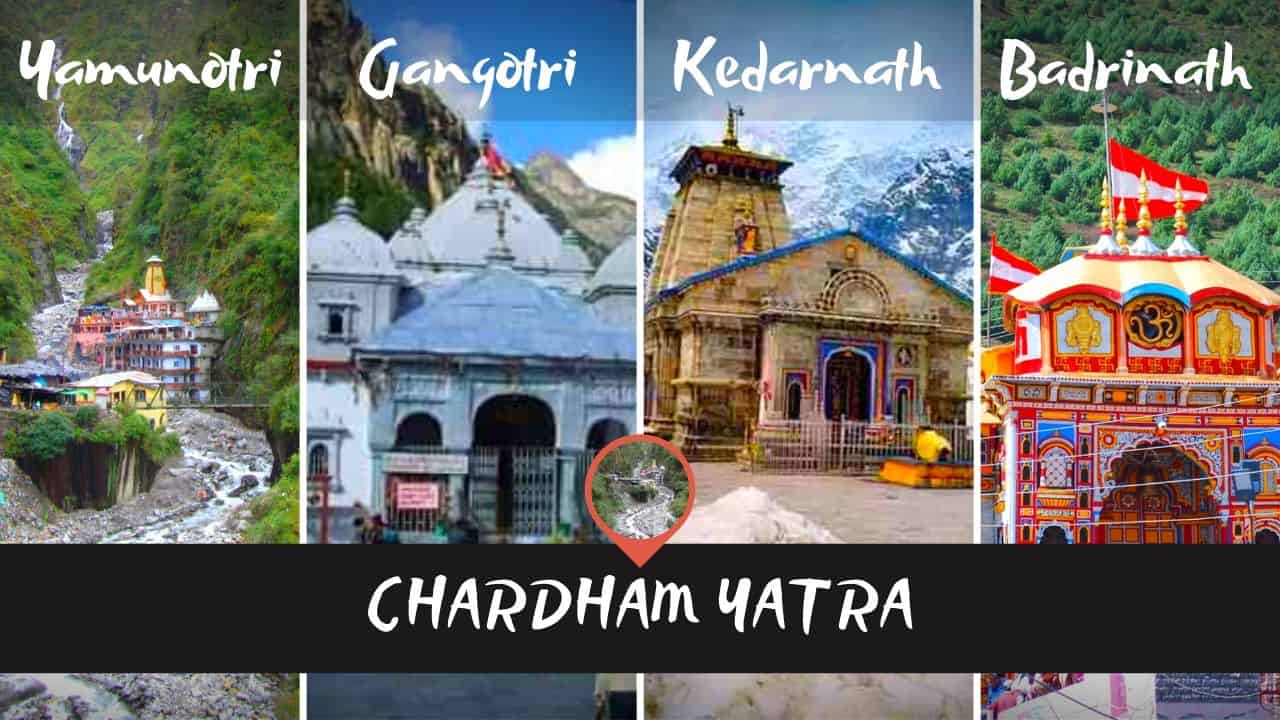
Get Free Quotes
Amazing Chardham Tour & Darshan Packages
Discounted Price 30%off & Best Service. Book Now!!!
Kedarnath, Badrinath, Gangotri, Yamunotri and Hemkund Shahib
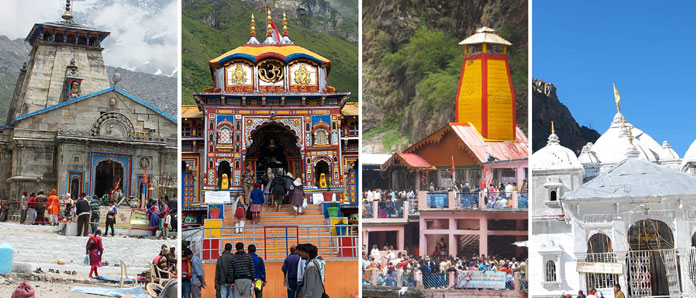
Char Dham from Haridwar
08Nights /09Days
Price : 13,500 INR/-
- Hotel:Standred
- Meal Plan:Breakfast & Dinner
- Visit:Haridwar,Yamunotri, Uttarkashi, Gangotri, Rudraprayag, Guptkashi, Gaurikund, Kedarnath, Joshimath, Badrinath, Devprayag.
Package Include:
- Welcome drink on arrival.
- Daily breakfast and Dinner
- Pick and Drop from Railway Station/ Airport.
- Group Transport.
- All Sightseeing.
- Any Toll and Parking charge
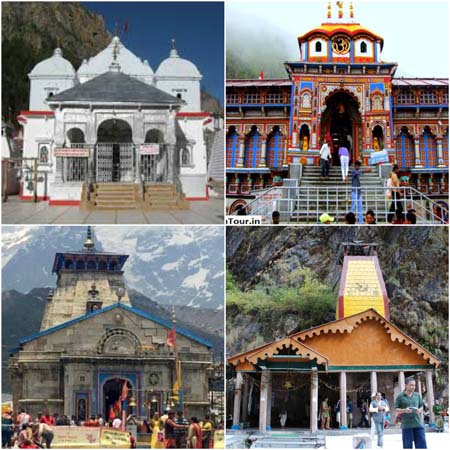
Char Dham from Delhi
10Nights /11Days
Price : 20,500 INR/-
- Hotel:Standred
- Meal Plan:Breakfast & Dinner
- Visit:Haridwar,Yamunotri, Uttarkashi, Gangotri, Rudraprayag, Guptkashi, Gaurikund, Kedarnath, Joshimath, Badrinath, Devprayag.
Package Include:
- Welcome drink on arrival.
- Daily breakfast and Dinner
- Pick and Drop from Railway Station/ Airport.
- Group Transport
- All Sightseeing.
- Any Toll and Parking charges
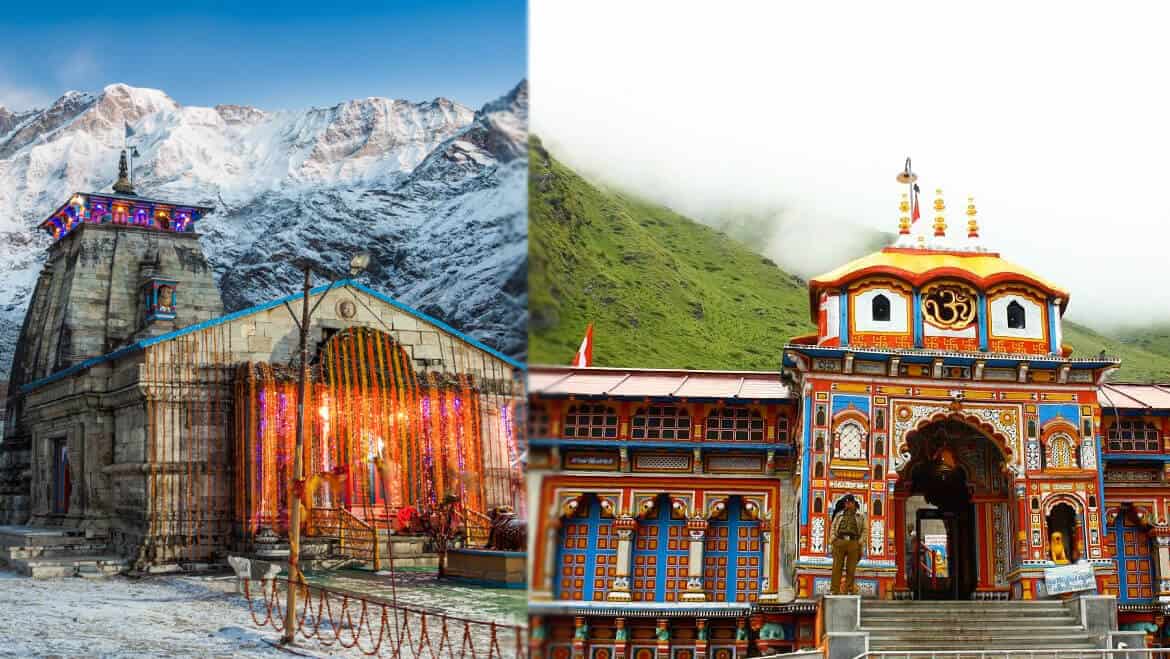
Do Dham from Delhi
05Nights /06Days
Price : 10,500 INR/-
- Hotel:Standred
- Meal Plan:Breakfast & Dinner
- Visit:Haridwar, Guptkashi, Gaurikund, Kedarnath, Joshimath, Badrinath
Package Include:
- Welcome drink on arrival.
- Daily breakfast and Dinner
- Pick and Drop from Railway Station/ Airport.
- Group Transport.
- All Sightseeing.
- Any Toll and Parking charge
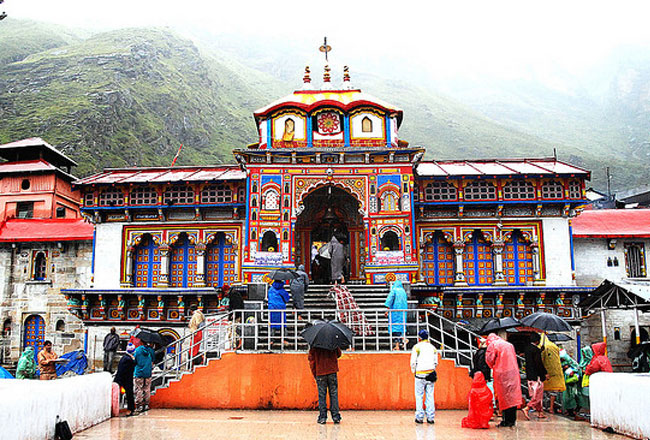
Char Dham Ex- Haridwar
9Nights /10Days
Price : 17,500 INR/-
- Hotel:Standred
- Meal Plan:Breakfast & Dinner
- Visit:Haridwar,Yamunotri, Uttarkashi, Gangotri, Rudraprayag, Guptkashi, Gaurikund, Kedarnath, Joshimath, Badrinath, Devprayag.
Package Include:
- Welcome drink on arrival.
- Daily breakfast and Dinner
- Pick and Drop from Railway Station/ Airport.
- Group Transport
- All Sightseeing.
- Any Toll and Parking charges

Char Dham Ex- Delhi
9Nights /10Days
Price : 20,500 INR/-
- Hotel:Standred
- Meal Plan:Breakfast & Dinner
- Visit:Haridwar,Yamunotri, Uttarkashi, Gangotri, Rudraprayag, Guptkashi, Gaurikund, Kedarnath, Joshimath, Badrinath, Devprayag.
Package Include:
- Welcome drink on arrival.
- Daily breakfast and Dinner
- Pick and Drop from Railway Station/ Airport.
- Group Transport
- All Sightseeing.
- Any Toll and Parking charges
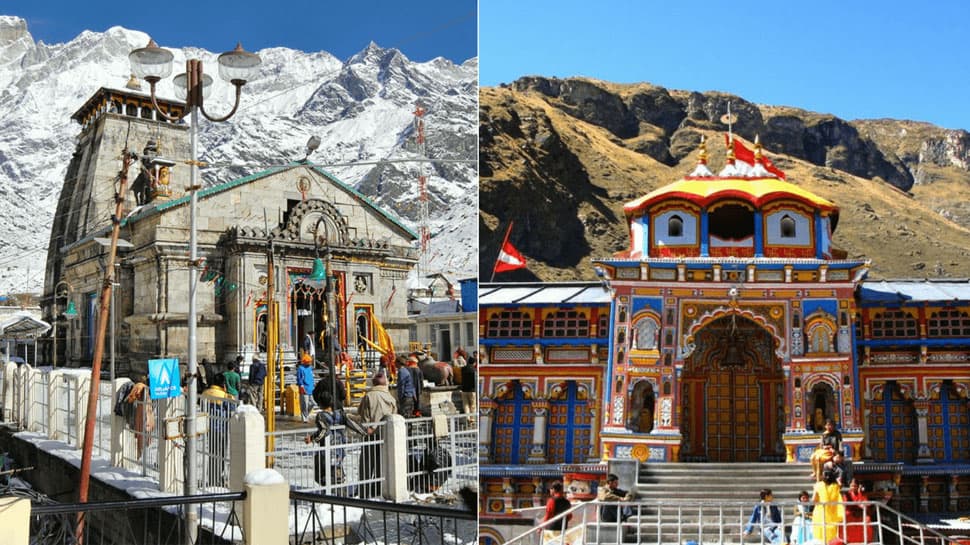
Do Dham Ex- Haridwar
04Nights /05Days
Price : 9,500 INR/-
- Hotel:Standred
- Meal Plan:Breakfast & Dinner
- Visit:Haridwar, Guptkashi, Gaurikund, Kedarnath, Joshimath, Badrinath
Package Include:
- Welcome drink on arrival.
- Daily breakfast and Dinner
- Pick and Drop from Railway Station/ Airport.
- Private Cab.
- Group Transport
- Any Toll and Parking charge
A Spiritual Destination: Chardham
Badrinath, Kedarnath, Gangotri and Yamunotri
Kedarnath Temple, Uttarakhand
Kedarnath Temple is a renowned Hindu pilgrimage site located in the Rudraprayag district of Uttarakhand, India. Situated amidst the majestic Himalayas at an altitude of 3,583 meters (11,755 feet) above sea level, the temple holds great religious significance, particularly for devotees of Lord Shiva.
History: The origins of Kedarnath Temple are steeped in Hindu mythology. According to legend, the temple is believed to have been built by the Pandavas, the heroes of the Hindu epic Mahabharata. It is said that after the Kurukshetra War, the Pandavas sought the blessings of Lord Shiva to seek penance for their sins. However, Lord Shiva evaded them and transformed into a bull to hide in the Himalayas. When the Pandavas found him, he submerged himself into the ground, leaving behind his hump. The remaining parts of Lord Shiva appeared at four other places, which are collectively known as the Panch Kedar.
Architecture: The architecture of Kedarnath Temple is simple yet elegant, reflecting traditional Himalayan temple design. The temple is constructed using large stone slabs and is adorned with intricate carvings. It is believed to have been reconstructed by Adi Shankaracharya in the 8th century AD after it was believed to have been destroyed by avalanches.
Religious Significance: Kedarnath Temple is one of the twelve Jyotirlingas, which are considered to be the most sacred abodes of Lord Shiva. It is also one of the Char Dham pilgrimage sites, along with Badrinath, Gangotri, and Yamunotri, visited by millions of devotees and tourists every year.
Accessibility: Due to its high altitude and remote location, reaching Kedarnath Temple requires a trek of approximately 16 kilometers (10 miles) from Gaurikund, the nearest accessible point by road. The trek route passes through picturesque landscapes, including dense forests, gushing rivers, and snow-capped peaks. Alternatively, helicopter services are available for those who prefer a faster but more expensive mode of transport.
Pilgrimage Season: The temple remains open to devotees only for a limited period each year, typically from April to November, due to extreme weather conditions during the winter months. The peak pilgrimage season is during the summer months when the weather is relatively mild and the trekking routes are accessible.
Spiritual Experience: Visiting Kedarnath Temple is not only a religious pilgrimage but also a spiritual journey for devotees. The serene ambiance, breathtaking natural beauty, and the aura of divinity surrounding the temple make it a profound and unforgettable experience for pilgrims seeking solace and spiritual fulfillment.
In conclusion, Kedarnath Temple stands as a symbol of faith, devotion, and spiritual enlightenment, attracting devotees and travelers from far and wide to seek the blessings of Lord Shiva in the lap of the Himalayas.
Badrinath Temple, Uttarakhand
Badrinath Temple, located in the Chamoli district of Uttarakhand, India, is one of the holiest and most revered Hindu temples dedicated to Lord Vishnu. Situated in the picturesque setting of the Garhwal Himalayas along the banks of the Alaknanda River, the temple holds immense religious significance and attracts thousands of pilgrims and tourists from around the world every year.
History: The origin of Badrinath Temple dates back to ancient times, with mentions in Hindu scriptures like the Vishnu Purana and the Skanda Purana. According to mythology, the temple was established by Adi Shankaracharya, a revered Hindu saint and philosopher, in the 8th century CE. It is believed that Shankaracharya discovered the idol of Lord Badrinath from the Alaknanda River and enshrined it in the temple.
Architecture: Badrinath Temple is a remarkable example of traditional Hindu temple architecture. The structure is built in the North Indian style of temple architecture, characterized by its tall, conical spire (shikhara) adorned with intricate carvings and sculptures. The temple is made primarily of stone and features a vibrant facade with colorful paintings and sculptures depicting various Hindu deities and mythological scenes.
Main Sanctum: The sanctum sanctorum of Badrinath Temple houses the sacred idol of Lord Badrinath, depicted in a meditative posture seated on a lotus flower. The idol is made of black stone and is adorned with richly embroidered clothing and ornaments. Devotees offer prayers and seek blessings from Lord Badrinath, believed to be the preserver aspect of Lord Vishnu.
Pilgrimage and Festivals: Badrinath Temple is a significant pilgrimage destination for Hindus, particularly those following the Vaishnavism tradition. It is one of the four Char Dham pilgrimage sites in India, along with Kedarnath, Gangotri, and Yamunotri. The temple is open to devotees only for six months every year, from April to November, due to extreme weather conditions during the winter months.
During the pilgrimage season, the temple witnesses a surge in devotees, who undertake arduous journeys to seek the blessings of Lord Badrinath. Special rituals, prayers, and offerings are conducted daily in the temple premises. The annual Badri-Kedar festival, celebrated in the month of June, is a highlight, marked by colorful processions, cultural performances, and religious ceremonies.
Surrounding Attractions: Apart from the temple, the Badrinath region is blessed with breathtaking natural beauty and offers opportunities for trekking, sightseeing, and spiritual retreats. Nearby attractions include Mana Village (the last inhabited village before the Indo-China border), Vasudhara Falls, Tapt Kund (a natural hot spring), and the Neelkanth Peak, which adds to the allure of the pilgrimage experience.
In essence, Badrinath Temple stands as a symbol of faith, devotion, and spirituality, drawing pilgrims and travelers alike to its sacred abode nestled amidst the majestic Himalayas, fostering a deep sense of connection with the divine and the natural world.
Gangotri Temple, Uttarakhand
Gangotri Temple, located in the state of Uttarakhand, India, holds immense religious significance as one of the Char Dham pilgrimage sites in Hinduism. Here’s a description of Gangotri Temple:
Location: Gangotri Temple is situated in the picturesque Uttarkashi district of Uttarakhand, nestled amidst the majestic Garhwal Himalayas. It stands at an altitude of approximately 3,100 meters (10,200 feet) above sea level, on the banks of the Bhagirathi River, which is one of the primary headstreams of the Ganges.
Religious Significance: The temple is dedicated to Goddess Ganga, the personification of the sacred Ganges River. According to Hindu mythology, it is believed that King Bhagirath performed severe penance to please Lord Shiva and bring the divine Ganga from heaven to earth to cleanse the sins of his ancestors. It’s believed that Goddess Ganga descended to earth at Gangotri, and her presence sanctifies the entire region.
Architecture: The Gangotri Temple showcases traditional Himalayan architecture with its stone structure and wooden carvings. The temple’s main sanctum enshrines a sacred Shiva Linga along with the image of Goddess Ganga. The temple’s exterior is adorned with intricate carvings and colorful paintings depicting various mythological stories and deities.
Surroundings: Surrounded by snow-capped peaks and lush greenery, Gangotri offers breathtaking views of the Himalayan landscape. The temple complex includes other smaller shrines, bathing ghats, and facilities for pilgrims. The serene ambiance and pristine surroundings make it a perfect place for meditation and spiritual contemplation.
Pilgrimage and Festivals: Gangotri Temple attracts thousands of pilgrims and devotees from all over India and abroad, especially during the Char Dham Yatra season (April to November). The temple remains closed during the winter months due to heavy snowfall and opens its doors for worship in late April or early May, marking the beginning of the pilgrimage season.
The most significant festival celebrated at Gangotri Temple is Ganga Dussehra, which commemorates the descent of the Ganges to earth. It usually falls in late May or early June and involves elaborate rituals, prayers, and festivities.
Accessibility: Gangotri Temple is accessible by road from Uttarkashi, which is approximately 100 kilometers away. The nearest airport is Jolly Grant Airport in Dehradun, and the nearest railway station is at Haridwar. From these points, one can hire taxis or use public transport to reach Gangotri.
Spiritual Experience: Visiting Gangotri Temple offers not just a religious pilgrimage but also a spiritual journey amidst the serene Himalayan surroundings. The sound of the flowing Bhagirathi River and the sight of snow-clad peaks create an atmosphere of tranquility and divinity, leaving pilgrims and visitors with a profound sense of peace and spiritual upliftment.
Yamunotri Temple, Uttarakhand
Yamunotri Temple is a sacred Hindu shrine located in the Uttarkashi district of Uttarakhand, India. Situated amidst the Garhwal Himalayas, the temple is dedicated to Goddess Yamuna, the goddess of the Yamuna River, which is one of the major rivers of India and holds immense religious significance in Hindu mythology.
Location: Yamunotri Temple is situated at an altitude of approximately 3,293 meters (10,804 feet) above sea level in the western Himalayas. It is located near the Bandarpoonch Parvat and lies adjacent to the Yamuna River.
Religious Significance: According to Hindu mythology, Yamunotri is believed to be the source of the sacred Yamuna River. The temple holds great religious significance, and it is one of the Char Dham pilgrimage sites in India, which also includes Gangotri, Kedarnath, and Badrinath. It is believed that a pilgrimage to the Char Dhams is essential for achieving moksha (liberation) according to Hindu beliefs.
Architecture: The architecture of the Yamunotri Temple is simple yet elegant, reflecting the traditional Himalayan style of temple architecture. The temple is constructed using stone and wood, with a conical roof covered in copper. The sanctum sanctorum houses the idol of Goddess Yamuna, adorned with intricate jewelry and embellishments.
Pilgrimage Journey: The journey to Yamunotri Temple is not only a religious pilgrimage but also a trekking adventure, as it is situated in a remote and picturesque location. Pilgrims usually start their journey from the town of Hanuman Chatti, which is accessible by road from major cities like Dehradun and Rishikesh. From Hanuman Chatti, pilgrims trek a distance of about 13 kilometers (8 miles) to reach Yamunotri Temple. The trek passes through scenic landscapes, dense forests, and small villages, offering breathtaking views of the surrounding Himalayan peaks.
Opening and Closing Dates: The temple remains closed during the winter months due to heavy snowfall and harsh weather conditions in the region. It usually opens to devotees around the end of April or early May and closes around the time of Diwali, which falls in October or November.
Festivals and Celebrations: The Yamunotri Temple witnesses various festivals and celebrations throughout the year, with special significance during the summer months. The Yamuna Jayanti festival, which marks the birth anniversary of Goddess Yamuna, is celebrated with great fervor and devotion by pilgrims and locals alike.
Conclusion: Yamunotri Temple, nestled in the serene Himalayan landscape, holds a special place in the hearts of devotees and pilgrims who seek spiritual solace and divine blessings. The journey to this sacred shrine not only offers an opportunity for religious worship but also provides an unforgettable experience amidst the natural beauty of the Himalayas.
Hemkund Sahib, Uttarakhand
Sri Hemkunt Sahib is an important pilgrimage place for Hindus and Sikhs. Hemkund is a breathtaking Lokpal lake situated at an altitude of 4329 meters above sea level.
The Sikhs consider it as a frightening region, one of the famous Sikh gurdwaras in the region. A Hindu temple dedicated to the mythological hero Lakshmana is attractive to Hindu pilgrims. This temple is built on the banks of Hemkund.
